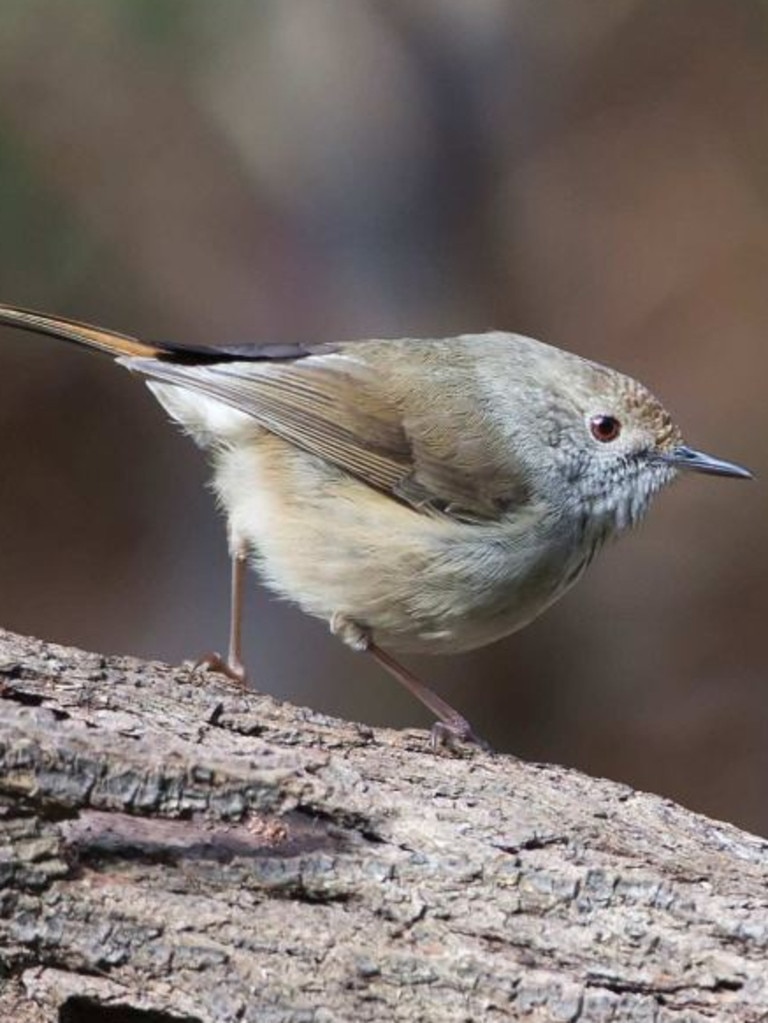Understanding forest ravens could help protect critically endangered birds on the Bass Strait islands
Forest ravens are just one of the threats critically endangered birds on King and Flinders Islands, and ornithologist Matthew Fielding is studying them in the field to learn more.
The Northern Mercury
Don't miss out on the headlines from The Northern Mercury. Followed categories will be added to My News.
FOREST raven populations are flourishing on Tasmania’s Bass Strait islands, thanks to an endless banquet of roadkill for them to feast on and a flourishing habitat.
But their success comes at the espense of other, more vulnerable, bird species.
Ornithologist Matthew Fielding says the forest raven’s success may be contributing to the peril of two critically endangered bird species, the King Island brown thornbill and the King Island scrubtit.
They have been identified as two of the three Australian bird species likely to go extinct next.


Other species, such as the vulnerable black currawong subspecies that is endemic to King Island and Flinders Island, may also be suffering under the reign of the raven.
Mr Fielding is a Hobart-based University of Tasmania PhD student studying the woodland birds of the Bass Strait islands.
“I’m looking at forest raven populations and how these have changed over time, what the causes of these changes have been and how this influences other species of birds,” Mr Fielding said.


He spends a week at a time on each island each season surveying bird populations, looking for seasonal variations and taking note of the resources they are using.
Mr Fielding said the main threat for species like the thornbill and scrubtit was land use change with decreasing habitat and less plant regrowth due to macropods like wallabies in overabundance.
But, Mr Fielding said overabundance of ravens was another threat to other birds that needed to be looked into.
“And that’s what I’m doing,” he said.
“There’s obviously been a shift since European occupation that has caused this shift in populations, so we need to find what’s causing the increases and then change our behaviour.”


Mr Fielding said forest ravens outcompete other bird species for food and prey on smaller birds and their nests.
One reason it seems ravens are taking over the islands, particularly King, is the enormous amount of roadkill available for the birds to feed on.
Mr Fielding said the bird species being affected have played important roles in the island ecosystems for thousands of years.
“For instance, black currawongs will eat seeds from plants and move them around the environment, therefore moving plants,” he said.

Forest ravens impact human activities as well including farmers practices.
The birds have made an enemy in farmers as they have become known to attack or try to eat weak or dying lambs.
Mr Fielding hopes his data will contribute to management plans for forest raven populations and guide council plans to manage wallaby numbers and roadkill on the islands.
“You need to be able to limit their food, limit their access to certain areas and therefore have their carry capacity at a lower density so that they can’t take over the island.
“But then also getting council to regularly check roads and remove roadkill.”


Forest ravens impact human activities as well including farmers practices.
The birds have made an enemy in farmers as they have become known to attack or try to eat weak or dying lambs.
MORE OF TODAY’S NEWS: LAMBIE’S VOW: ‘DIGNITY FOR THE UNDERDOG | THE HEDBERG TO BOOST HOBART | TASSIE KIDS TO MISS NATIONAL FOOTBALL
Mr Fielding hopes his data will contribute to management plans for forest raven populations and guide council plans to manage wallaby numbers and roadkill on the islands.
“You need to be able to limit their food, limit their access to certain areas and therefore have their carry capacity at a lower density so that they can’t take over the island.
“But then also getting council to regularly check roads and remove roadkill.”
patrick.gee@news.com.au



